Bubble painting is a wonderful process art project for kids and a great outdoor creative activity. It’s also simple to set up and everyone loves watching the painting “appear” as the bubbles pop!
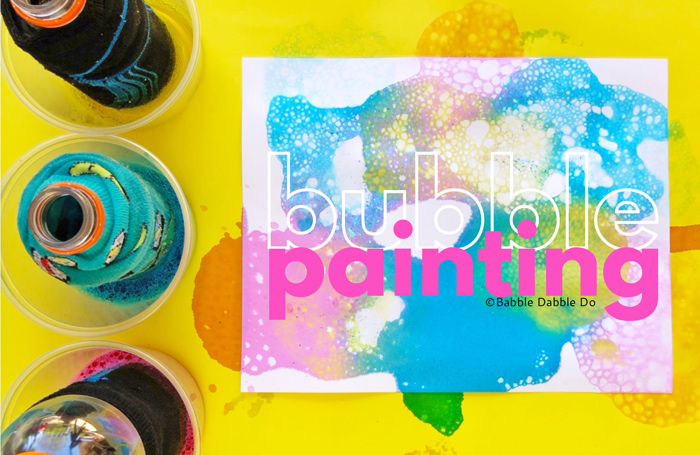
There are a few ways you can do bubble painting but I love the bubble snake method because you can create large lacy paintings quickly using bubble snake blowers. At the end of this post I’ll share some other techniques for bubble painting from around the web!
To learn how to make a bubble snake blowing tool hop over to this post:
Bubble Painting Materials
- Bubble Snake Blower (plastic bottle and a sock, directions here) You will need 1 blower for each color.
- Bowls
- Food Coloring
- Bubble Solution (see our homemade solution here)
- Paper
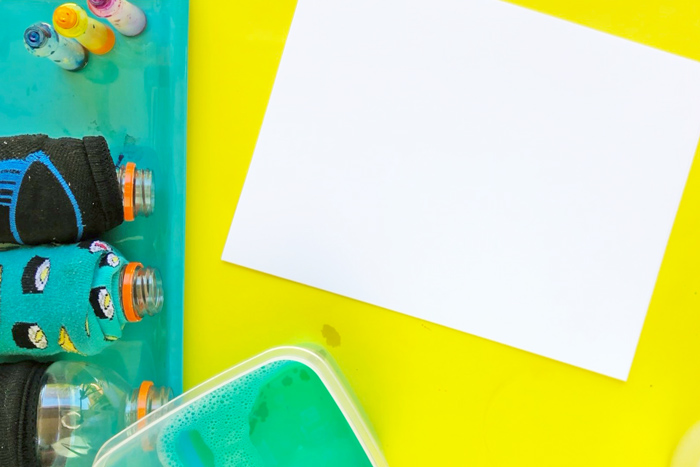
Bubble Painting Directions
NOTE: You will need separate bowls and bubble blowers for each color you are making.
Time needed: 15 minutes.
Learn how to make colorful art using bubbles!
- Mix up the “Paint”
Pour bubble solution into separate bowls. Add food coloring to each bowl to make bubble solution “paint.” Stir gently to combine.

- Dip and blow
Dip a bubble snake blower in one color. Blow bubble snakes onto the paper.

- Add more bubbles
Blow additional bubbles in different colors onto the paper. Make sure to overlap the colored bubbles slightly.

- Let the bubbles pop
Once your paper is covered in bubble snakes, wait for the bubbles to pop, revealing a lovely lacy artwork beneath!

- Let Dry
Put the painting aside and let it dry while you make more bubble paintings!

The STEAM behind this project
The Science Bubbles are created when we blow through a soap-water mixture and trap air inside a soapy membrane. The membrane itself is a sandwich consisting of an inner and outer layer of soap with a layer of water between them. When you blow the bubble solution through a sock, you are blowing through small holes in the sock fabric creating many intricately linked bubbles instead of the large singular bubbles blown through a bubble wand.
Bubbles pop when the water in the membrane evaporates which is why after leaving your bubble snakes exposed to the air for a few minutes they eventually pop and disappear. For more about the science of bubbles check out the the science section at the end of our homemade bubble solution post.
The Engineering As you blow the bubble snakes you quickly create large mini structures made from air and the flexible soapy membranes. Engineers and architects also use air trapped inside a flexible membrane to create large domes and temporary structures. In these structures air pressure is used to keep the domes inflated. You can read more and see some examples of air supported structures here. Another example of air supported structures are everyone’s favorite party activity: bouncy castles!
The Art Limiting yourself to the primary colors allows you to weave an easy color mixing aspect into his project. As the colored bubbles overlap and mix, the primary colors will combine to form secondary colors on the page.
More Ways to Paint with Bubbles
Bubble Painting Basics
Bubble Painting with Bubble Blowers
3 Ways to Paint with Bubbles
Bubble Painting Process Art Activity
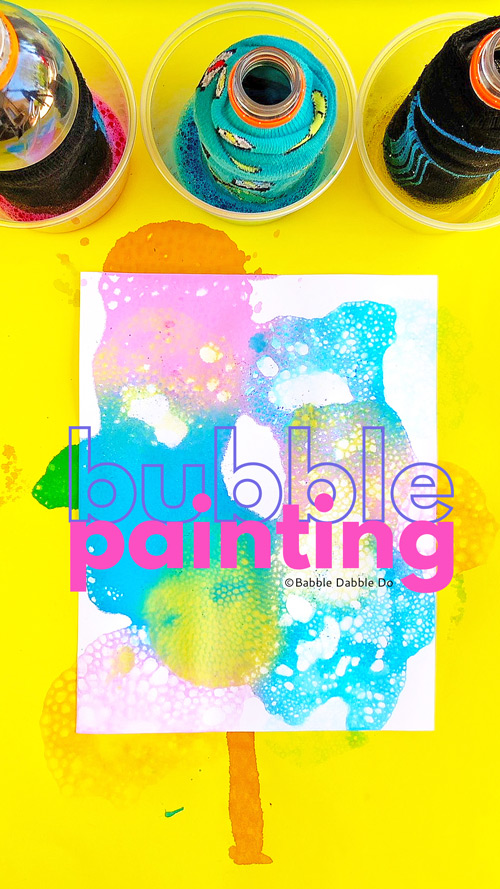
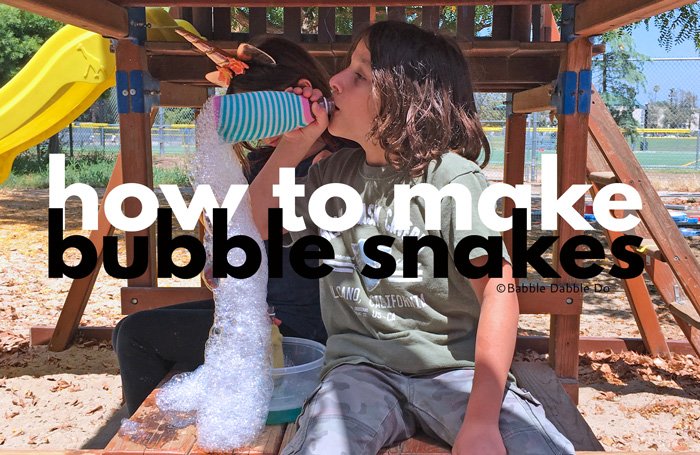
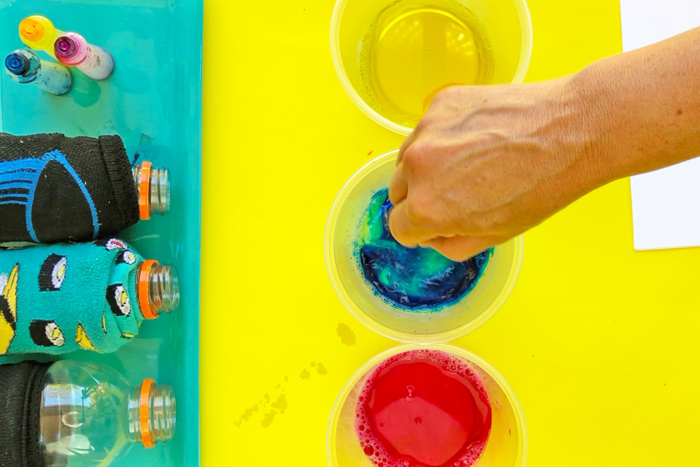
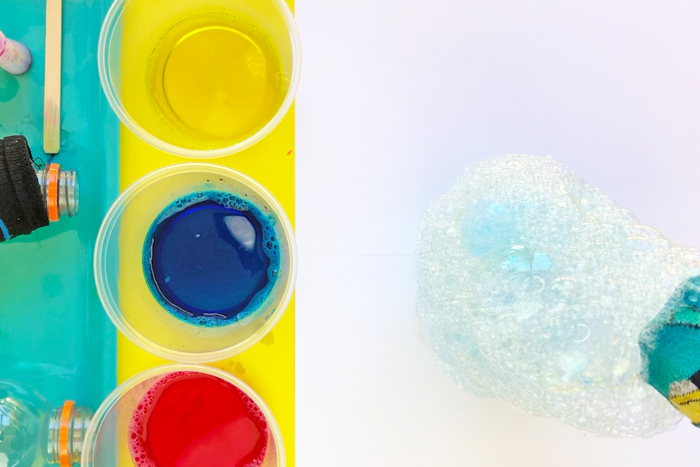
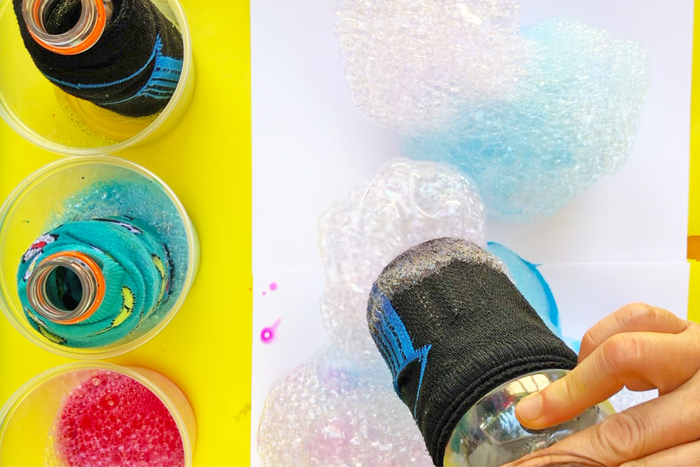
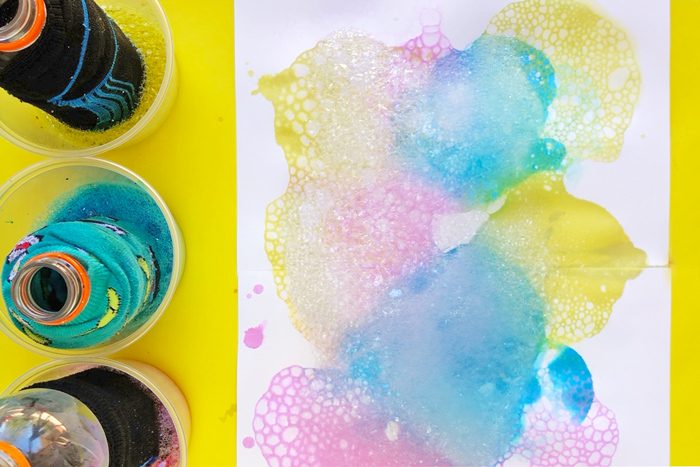
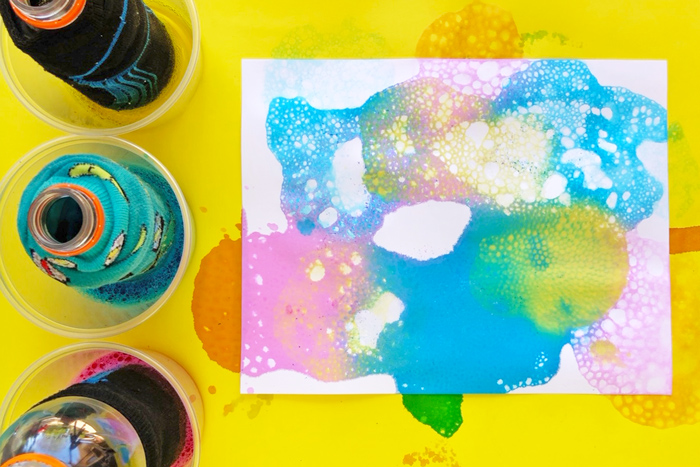
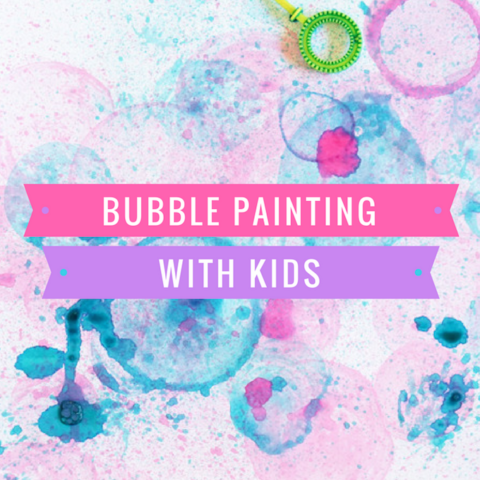
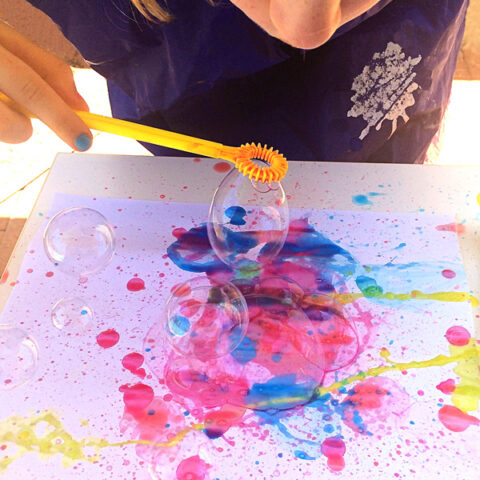
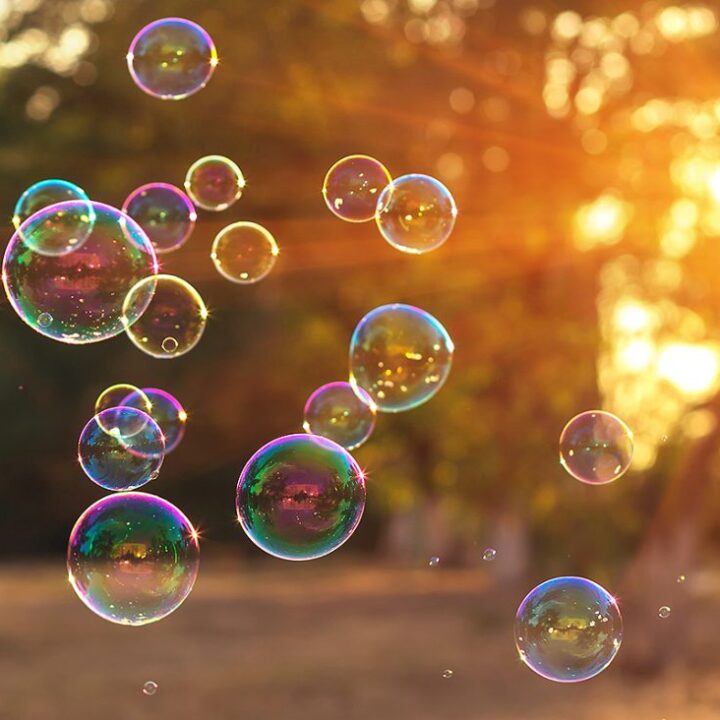
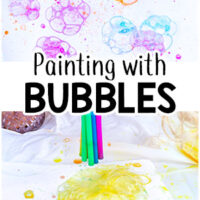
Leave a Reply